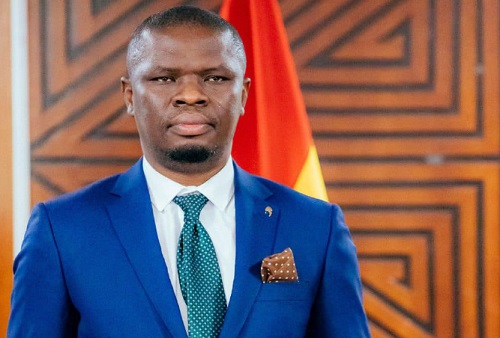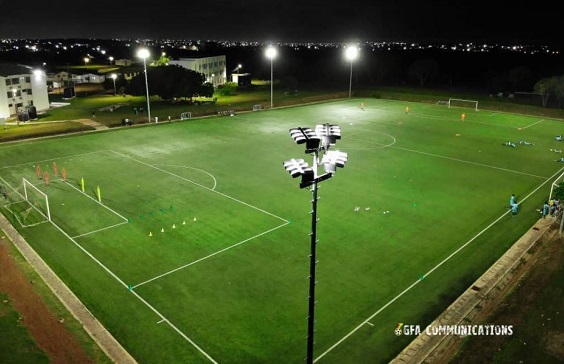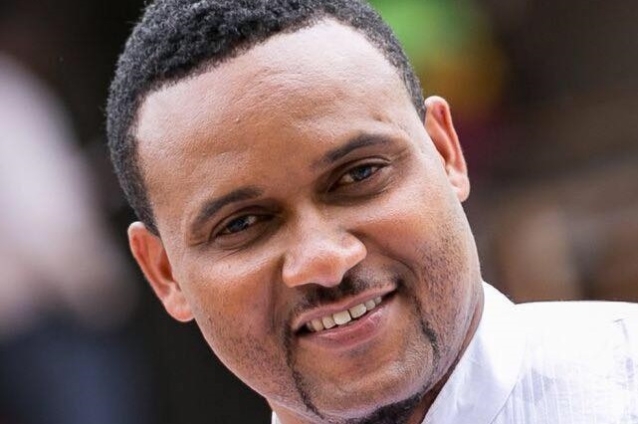There is a significant gender gap between women’s and men’s access to agricultural advisory services in rural areas, which impedes development.
While women farmers constitute about half the population engaged in the production of food crops, they are often discriminated against in the offer of advisory services, access to land, tractor services and finance.
Despite efforts to mainstream gender in the agriculture sector, challenges, including insufficient financial support, inadequate information and communications te chnology (ICT) infrastructure, weak ministerial coordination on gender issues, weak stakeholder coordination on gender and gender-related issues in agriculture and inadequate accommodation for agricultural extension agents (AEAs) at their operational areas continue to hinder rural advisory service delivery.
Women also lack access to training, economic resources and the capacity to invest in appropriate agricultural technologies, as well as the knowledge to implement improved agricultural practices.
Some of these challenges are deeply entrenched in cultural norms, where women are basically denied access because it is not fashionable or acceptable to do so within the community’s beliefs and settings.
In predominantly patriarchal societies such as Ghana, there is a marked bias against women’s ownership and control of land as a productive resource.
In most situations, women’s access to land and other property generally occurs through a male relative.
These stereotypes have permeated the offer of advisory services to women farmers and created gaps that continue to widen with time.
It is estimated that the discrimination has contributed to the gender gap in agricultural productivity in developing countries, where women-managed farms are 20 to 30 per cent less productive than farms managed by men.
“Gender inequality in our sub-region has led to widespread discrimination, social injustice, less economic progress and inefficient democracies,” the Chief Director of the Ministry of Gender, Children and Social Protection, Dr Afisah Zakariah, noted .
Studies confirmation
Studies by the Centre for Agriculture and Biosciences International (CABI) on the PlantwisePlus programme in Ghana have also established the differences in men’s and women’s access to agricultural advisory services.
For instance, it was established that there is over-reliance on male extension officers to contact farmers due to the lower number of women extension agents (16.7 per cent) and high attrition rate.
At the second meeting of the CABI PlantwisePlus Multi-Stakeholder Forum for Dialogue on Gender in Rural Advisory Services (GRAS) held at Peduase recently, the Director of Women in Agricultural Development Directorate (WIAD), Paulina Addy, noted the achievements of the Exclusive Women Extensionists Programme in the past and said it supported women in agriculture with targeted programmes from production through post-production and off-farm activities.
She touted the programme as a perfect policy intervention.
The CABI PlantwisePlus programme reached women through home visits and the interviewees were very comfortable with their women counterparts at very conducive times.
During the visits, cases of severe malnutrition were unearthed and the needed support was provided.
Their efforts complemented very well with that of the male extensionists.
However, policy reforms and structural changes have ensured that there is now one extension agent, male or female, who is to provide all the needed information to farmers, which is usually skewed towards crop production and men benefitting more than women.
This has made the attainment of the conservative 30 per cent coverage for women difficult and the national target of 40 per cent as stipulated in the gender policy.
Meanwhile, WIAD has implemented the Gender and Agricultural Development Strategy (GADS II) and the needed sensitisation done across all levels, national, regional and district.
Due to this, key challenges facing women, such as access to various production resources, especially land, are yet to be overcome.
The Director of Extension at the Ministry of Food and Agriculture, Paul Siameh, said several policies over the past three decades had prioritised the role of women in agriculture development in Ghana, seeking to involve women in everything they did, especially through the reporting systems.
Bridging the gap
As part of effort to bridge the gap and ensuring gender mainstreaming in agriculture, WIAD, for instance, has chalked some successes in implementing GADS II.
This includes a database of women farmer-based organisations and entrepreneurs captured, 55 women farmer-based organisations (FBOs) supported with equipment for processing, with 182 women trained in tractor operation and maintenance.
These have resulted in success stories such as women occupying executive positions in their FBOs.
The provision of sufficient budget allocation for gender issues, strengthening coordination between ministries and stakeholders on gender, the provision of adequate residential accommodation for agricultural extension agents (AEAs) special females in their operational areas, and sufficient logistics (vehicles and motorcycles) for AEAs to enhance mobility and visibility are outlined as strategies to address these constraints.
The Directorate of Agricultural Extension Services (DAES) is also implementing several policies to increase agricultural productivity, which include the Food and Agriculture Sector Development Policy, the Agriculture Extension Services Policy and the E-Agriculture Policy and Strategy, among others.
Cross-cutting issues, including climate change and environment, gender, vulnerability, culture and technological innovations, among others, are also being examined.
Efforts are also being made at the regional levels to enhance equity through the implementation of Gender in Agricultural Development Strategy Two (GADSII).
For instance, the Bono Region monitored several output indicators every quarter, based on the following strategic outcomes; household dietary diversity, food handling and safety, improved value addition, gender equity mainstreaming and empowerment, and other generic indicators such as home gardens and fuel-efficient stoves.
Way forward
Going forward, the region will strengthen the institutional capacity for gender-responsive policies, programmes and projects, and there will be a conscious effort to ensure gender mainstreaming.
Similar programmes are ongoing in the Komenda-Edna-Eguafo-Abirem (KEEA) Municipality in the Central Region to address gender disparities in the agricultural sector. As a result, targets have been set to promote women’s participation and empowerment.
To achieve this, agricultural officers embark on several gender-mainstreamed extension services.
Despite the progress, women farmers in the municipality face numerous challenges, including limited access to land, credit and agricultural inputs.
To address these challenges, there is a need to initiate more targeted and tailored programmes that address the specific needs and challenges faced by women.
Also, phase two of the Planting for Food and Jobs (PFJ2) is targeted at least 40 per cent of the beneficiaries to be youth, women and vulnerable groups.
In conclusion, the agriculture sector in Ghana requires a multi-stakeholder and multi-level approach involving government institutions, civil society organisations, development partners, and the active participation of women.
SOURCE: GraphicOnline








